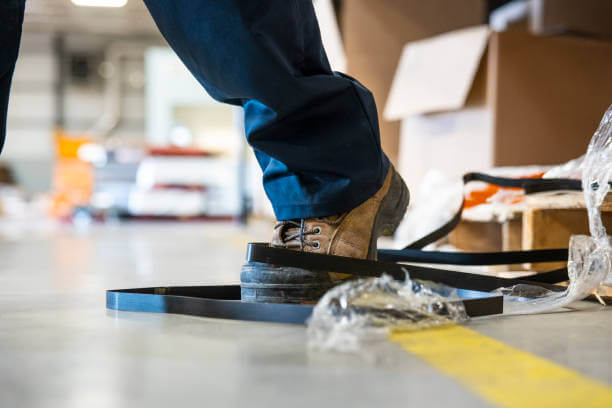An accident is an event that results in injury or ill health. An incident is where nobody is injured or ill health is caused, an event or occurrence that could have lead to injury or ill health.
An Accident & Incident investigation is a deep dive into all aspects of the accident/incident to establish how, why, actions needed and the route to prevention in the future.

Why do you need it?
It’s happened and we want to know why! We can work with you to prevent it from ever happening again. Investigation drivers and factors to consider include fraud, claims, prosecutions, insurance, cost, lost time, learning, management failings, resources, behaviour, legal, disruption, morale, attitude, shortcuts, pressure, time, competence, skills, knowledge, training, supervision and RIDDOR.

How do we deliver it?
We follow the HSE workbook HSG245: Investigating accidents and incidents. We need to see the location, speak to the people involved, carry out interviews, check documentation, obtain witness statements, analyse data, identify risk control measures, causes, and create an action plan.
We have first-hand experience in working with the HSE, Insurers and Solicitors and we have represented several clients previously to help mitigate situations.
Other techniques
Here is a summary of some commonly used techniques in accident and incident investigation:
- Root Cause Analysis (RCA): RCA is a systematic approach to identifying the underlying causes of an incident. It involves asking “why” multiple times to delve deeper into the contributing factors and uncover the fundamental causes. Techniques such as the 5 Whys, Fault Tree Analysis (FTA), and Event and Causal Factor Charting (ECFC) are often used in RCA.
- Incident Reporting and Documentation: Prompt and accurate reporting of incidents is crucial for investigation. Establishing a comprehensive incident reporting system helps collect essential information, including the date, time, location, people involved, witnesses, equipment used, and the sequence of events leading up to the incident. Documentation ensures a factual record of the incident for analysis.
- Interviews and Witness Statements: Conducting interviews with individuals involved in or witnessing the incident provides valuable firsthand information. Skilled investigators use structured interview techniques to gather relevant details and perspectives. Witness statements can help corroborate facts, identify inconsistencies, and uncover additional information about the incident.
- Evidence Collection and Preservation: Collecting physical evidence related to the incident is essential to reconstruct events accurately. This may include photographs, videos, equipment, documents, or samples. Proper documentation and labeling of evidence ensure its integrity and chain of custody.
- Data Analysis: Utilizing available data and records, investigators analyze trends, patterns, and statistical information to identify common causes or contributing factors to incidents. Data sources may include incident reports, near-miss reports, inspection records, maintenance logs, or relevant metrics.
- Reenactments and Simulations: In some cases, reenactments or simulations can be used to recreate the sequence of events leading to an incident. This can provide insights into the dynamics, interactions, and potential causes that might have contributed to the incident.
- Expert Consultation: Depending on the complexity or specialized nature of the incident, experts may be consulted to provide insights and perspectives. These experts could include engineers, safety professionals, medical professionals, or subject matter experts in specific fields related to the incident.
- Comparative Analysis: Comparing the incident with similar past incidents or industry benchmarks can help identify trends, common causes, or industry-wide deficiencies. This comparative analysis helps investigators gain a broader understanding of underlying systemic issues.
- Management System Review: Examining the organization’s existing management systems, policies, procedures, and training programs can uncover potential gaps or deficiencies that may have contributed to the incident. Evaluating compliance with regulatory requirements and industry standards is also crucial.
- Corrective Actions and Follow-up: Based on the investigation findings, identifying and implementing appropriate corrective actions is essential to prevent recurrence. Follow-up measures include monitoring the effectiveness of implemented actions and conducting periodic reviews to ensure sustained improvement.
Remember, accident and incident investigations should be conducted in a thorough, unbiased, and systematic manner to ensure the identification of underlying causes and the implementation of effective preventive measures.
